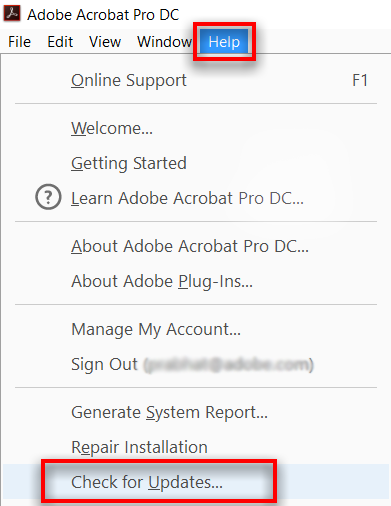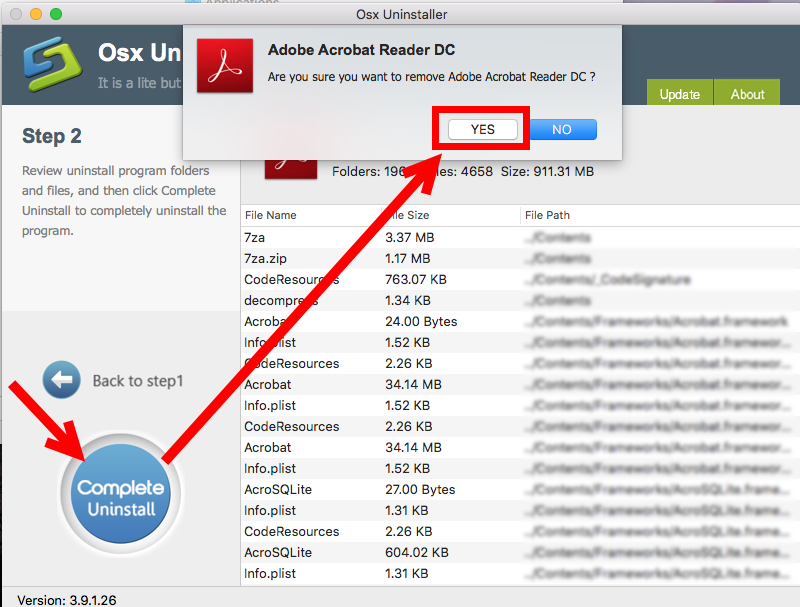

I assume it’s possible that Adobe decided to leave it installed in case you would change your mind and reinstall the Acrobat Reader later. I am curious to why Adobe left the service installed after the removal of Acrobat Reader.

The Adobe Acrobat Update service has no practically measurable impact on system performance when it’s working as it should.
#How to uninstall adobe acrobat reader update how to
The following guide will show you how to completely remove the Acrobat Update Service. As a result it can start to slow down your system and system start-up time. The issue is that the Adobe Update Service seems to hog resources when the program the updater is supposed to update has been uninstalled. For reasons unknown to me, Adobe leaves their Adobe Update Service installed and running after you have uninstalled Adobe Acrobat Reader DC.


 0 kommentar(er)
0 kommentar(er)
